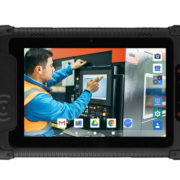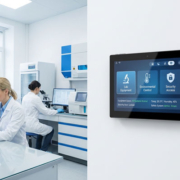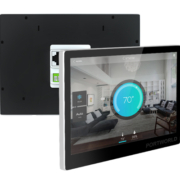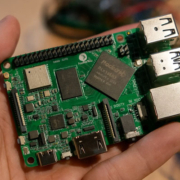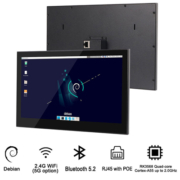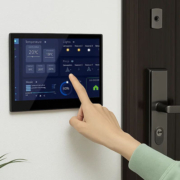What Devices Can a Smart Home Control Panel Manage? Everything You Need to Know
As smart home technology becomes increasingly popular, more homeowners are turning to centralized systems to simplify daily life. At the heart of this transformation is the Smart Home Control Panel — a touchscreen interface that acts as the “brain” of the smart home. But what exactly can it control?
Let’s dive into the powerful capabilities of a smart home control panel and explore why it’s becoming a must-have in modern living environments.
1:Centralized Control for a Wide Range of Devices
One of the main advantages of a smart home control panel is its ability to manage multiple types of devices from a single interface. Here’s what a high-quality panel can typically control:
Lighting Systems
Adjust brightness, change color temperature, create lighting scenes (e.g., “Movie Night” or “Good Morning”), or set schedules for automatic operation.
Motorized Curtains and Blinds
Open or close curtains with a tap, or set automation rules to align with sunrise, sunset, or specific scenes.
HVAC Systems (Heating, Ventilation, and Air Conditioning)
Control air conditioning, floor heating, or central heating systems directly from the panel, with real-time temperature display and scheduling features.
Air Purification and Ventilation
Monitor indoor air quality (PM2.5, CO₂ levels) and control devices like fresh air systems or air purifiers to maintain a healthy living environment.
Security Systems
Connect to door sensors, motion detectors, IP cameras, and alarms to monitor security status and trigger alerts or automated responses.
Multi-Room Audio & Entertainment
Manage background music, multimedia systems, or intercoms throughout different rooms, creating an immersive environment.
Smart Locks and Door Access
Unlock doors, manage access permissions, and view visitor logs — all directly from the wall-mounted panel.
Irrigation, Aquariums, and More
In more advanced homes, panels can even control garden watering systems or aquarium lighting and filtration, bringing full automation to every corner.
2. Strong Compatibility with Multiple Protocols
To ensure interoperability, most advanced smart home panels support multiple communication protocols, including:
- Zigbee
- Z-Wave
- Wi-Fi
- Bluetooth
- RS485 / Modbus / KNX / CAN
This multi-protocol support allows users to integrate devices from various brands and ecosystems — meaning greater freedom in choosing the right hardware for your space.
3. Scene-Based Automation for Smart Living
Beyond controlling individual devices, smart panels allow users to set up customized automation scenes, such as:
- Away Mode: Turn off all lights and appliances, lock doors, and activate security.
- Movie Mode: Dim the lights, close the curtains, and power up the entertainment system.
- Wake-Up Mode: Gradually open curtains, start the music, and turn on heating or cooling.
These scenarios help simplify routines and make everyday living more intuitive.
4. Portworld Smart Panel Solutions
Portworld offers a comprehensive range of smart home control panels — including models like the YC-SM55P, YC-SM08P, and YC-SM10P — powered by RK3566 or RK3568 processors. These panels run on Android OS, support PoE power, multi-protocol integration, and feature vivid touchscreens designed for homes, hotels, apartments, and commercial buildings.
With OEM/ODM customization, Portworld can tailor hardware, software, and UI for integrators and solution providers.
A smart home control panel is more than just a touchscreen — it’s the control center for your entire smart environment. From lighting and temperature to entertainment and security, it unifies your home under one easy-to-use interface. If you’re considering upgrading to a smarter home, investing in a high-quality, customizable control panel is a great place to start.

